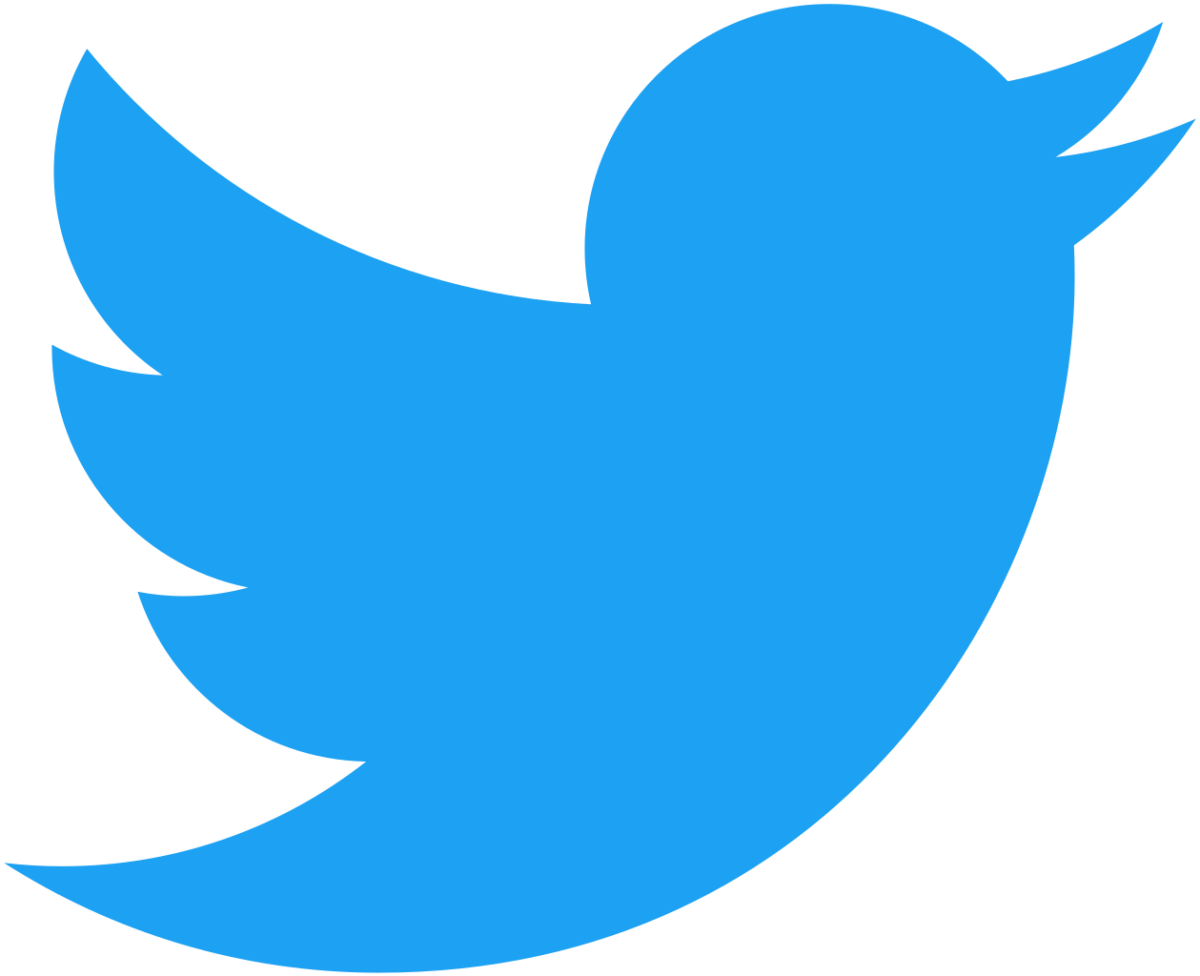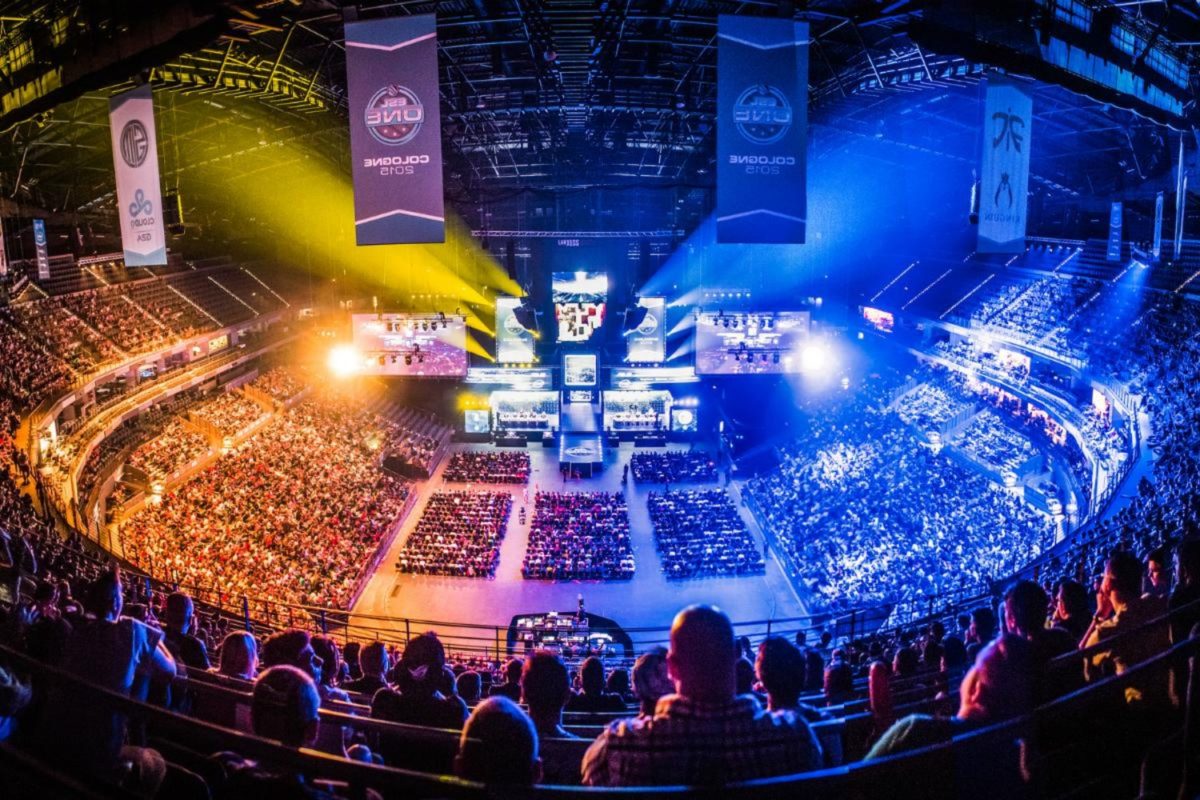“The chirp of a small bird”
Until 2006, this quote contained the only meaning of the word ‘tweet’. Today, 10 years later, the world is dominated both socially and economically by information giants. Even our language is changing to match. The use of the word ‘google’ to mean an internet search is indubitably more common than its namesake – a cartoonishly large number used almost only hyperbolically. So it is for Twitter – the social media giant that has shaped all manners of social interaction. Besides introducing the ‘hashtag’ to a new generation of linguists, twitter has revolutionized the areas of journalism, artistic expression and, perhaps most essential from an economic point of view, big data. For the latter, Twitter has proven perhaps the most apt of all digital giants at accumulating sentiments: By outperforming most indices, Twitter changed academic appreciation for central limit theory, and the network has since its inception built a staggering base of over 313 million monthly users[i].
However, despite the formidable list of accomplishments attributable to Twitter, its recent history has been all but easy sailing. First, the immense user base has all but stopped growing – a serious problem in an industry so reliant on network effects. Additionally, even loyal users are spending increasingly less time on the service. Unlike the main competitor Facebook, whose users today spend over 50-minutes on the service per day (a rising number)[ii], Twitter users are down to just 2.8 minutes per day[i] – less than a third of what it was in 2014.

Following a long-hailed, Steve Jobs-like return by original co-founder Jack Dorsey in 2015, the company has attempted to alter the course. Dorsey, fresh off the boat from his most recent project ‘Square’, has introduced multiple initiatives intended to revamp the service[i]. However, not much has seemed to work.
Most recently, rumours surfaced that Twitter was up for the, now commonplace, (Silicon) Valley treatment. Various groups, including Disney and competitors like Alphabet and Facebook, had expressed interest in an acquisition. The giant that was once competing for market domination was looked over for salvage value. In the beginning of October, most potential acquirers, of which there were few (due mostly to the app. $12 billion market value of the company), dropped out one by one. This left only intensifying rumor that CRM goliath ‘Salesforce’ would take up the torch.
At point blank, the acquisition would have seemed natural. Salesforce has in many ways perfected the art of utilizing acquisition of emergent tech companies to enrich its platform. Twitter would have been their biggest takeover to date, but at a market cap of $50.7 billion [iii] it was well within the realm of possibility. However, rumors of an acquisition were put to bed once and for all on October 14th, with Salesforce CEO Mark Benioff stating that: “In this case we’ve walked away. It wasn’t the right fit for us,” [iv].
He might have been right. Many shareholders at Salesforce had expressed doubt as to whether the large investment would have been lucrative – considering that Twitter is not profitable by GAAP accounting standards [i] . However, this decision leaves Twitter in an awkward position – and shareholders know it. Following the Salesforce announcement, Twitter stock dropped by almost 7% [iv]. The latest news is that negotiations were initiated with the Japanese tech giant ‘SoftBank’, but as evident from what happened with Salesforce, rumors are far from set in stone [v].
The future of Twitter remains open, yet the company represents an interesting case study in what happens to tech giants that stop growing. Is impending doom the only possible outcome for an ageing star, or is there hope yet for a rekindling?
[i] http://www.economist.com/news/business/21707258-it-too-late-social-media-firm-become-giant-people-once-expected-twitter
[ii] http://www.businessinsider.com/how-much-time-do-people-spend-on-facebook-per-day-2016-4?international=true&r=US&IR=T
[iii] http://www.wikinvest.com/stock/Salesforce.com_(CRM)/Data/Market_Capitalization
[iv] https://techcrunch.com/2016/10/14/salesforce-officially-walks-away-from-twitter-acquisition-for-real-this-time/
[v] http://www.investors.com/news/technology/twitter-spikes-on-reports-softbank-is-considering-acquisition-bid/


